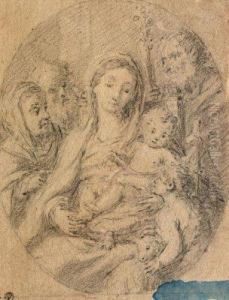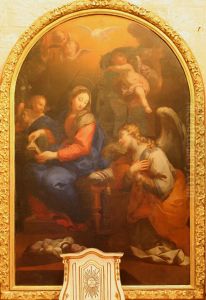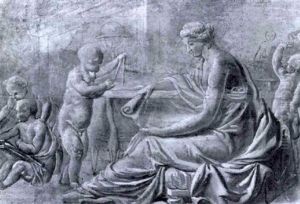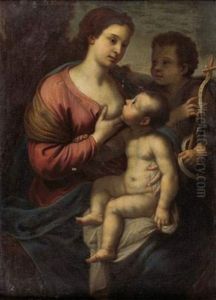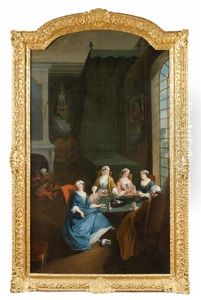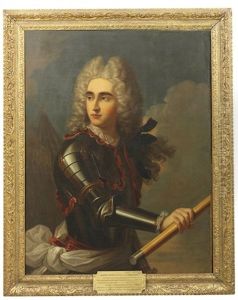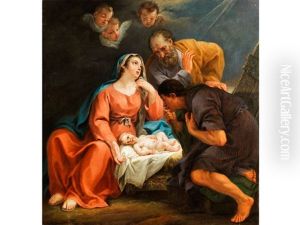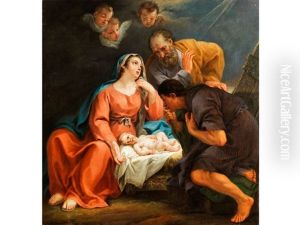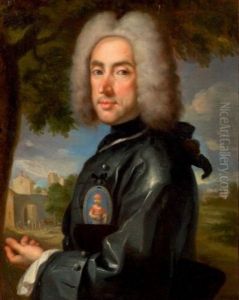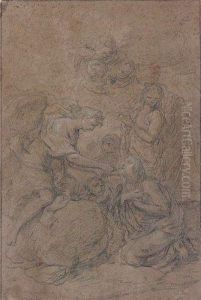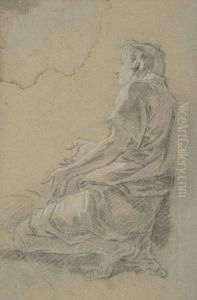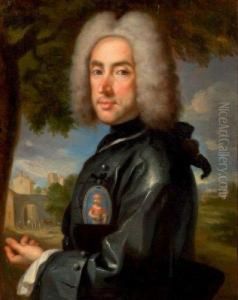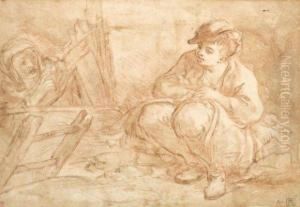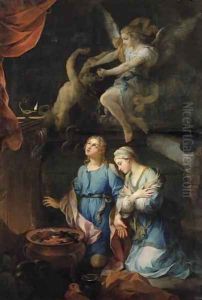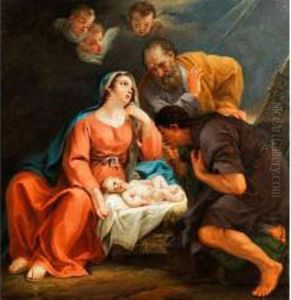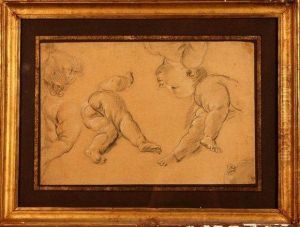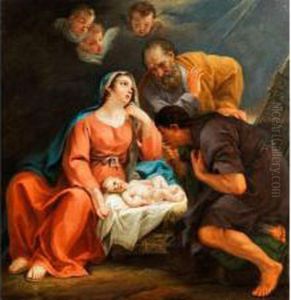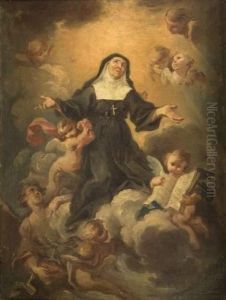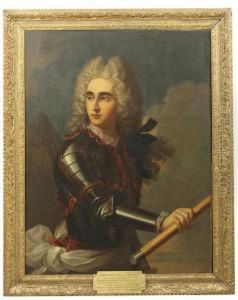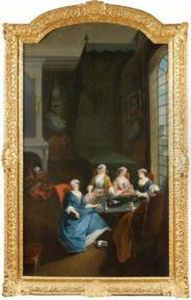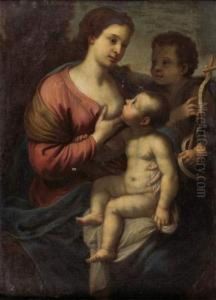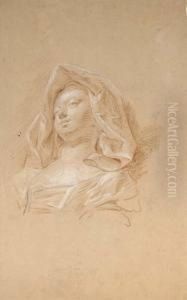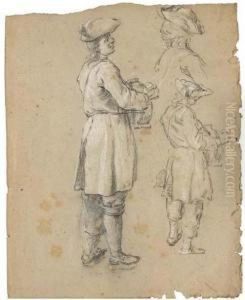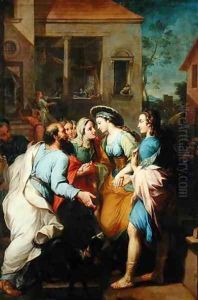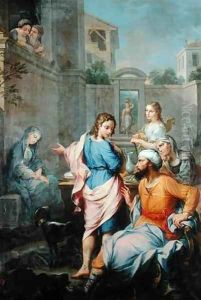Pierre Parrocel Paintings
Pierre Parrocel was born in Avignon, France, in 1664, into an established family of painters that had contributed significantly to the artistic landscape of the region for generations. His early life was deeply influenced by the artistic environment of his family, setting the stage for his eventual pursuit of a career in painting.
Trained by his father, Joseph Parrocel, Pierre quickly developed a distinct style that combined the vigorous brushwork and dynamic compositions characteristic of the Baroque movement with a keen attention to detail and a profound sensitivity to religious themes. This unique blend of elements became the hallmark of his work, allowing him to carve out a significant place for himself within the competitive art world of the 17th and early 18th centuries.
In 1685, seeking to expand his horizons and further his education in art, Pierre moved to Paris. There, he became a pupil of the renowned Charles Le Brun, the chief painter to King Louis XIV. Le Brun's influence on Pierre was profound, honing his skills and deepening his understanding of the artistic trends that dominated the French art scene at the time.
Pierre's reputation grew steadily, and in 1690, he was admitted into the prestigious Académie Royale de Peinture et de Sculpture. His works, often religious in subject, were praised for their emotional depth and technical prowess. He was particularly admired for his frescoes and altarpieces, which were commissioned by many churches in France and Italy.
In 1703, Parrocel's career took him to Italy, where he was profoundly influenced by the works of the Italian masters. This period was marked by a significant evolution in his style, incorporating more of the light and color that characterized Italian painting of the period. His time in Italy also resulted in some of his most celebrated works, which combined his French training with Italianate elements, creating a unique cross-cultural artistic expression.
Pierre Parrocel returned to Avignon later in his life, where he continued to paint until his death in 1739. Throughout his career, Parrocel was recognized for his ability to bring biblical and historical scenes to life with a remarkable vividness and emotional intensity. His legacy is preserved in the many works he left behind, which continue to be admired for their beauty and technical skill. Parrocel's influence extended beyond his own generation, contributing to the development of the Rococo style that would dominate French art in the following century.
